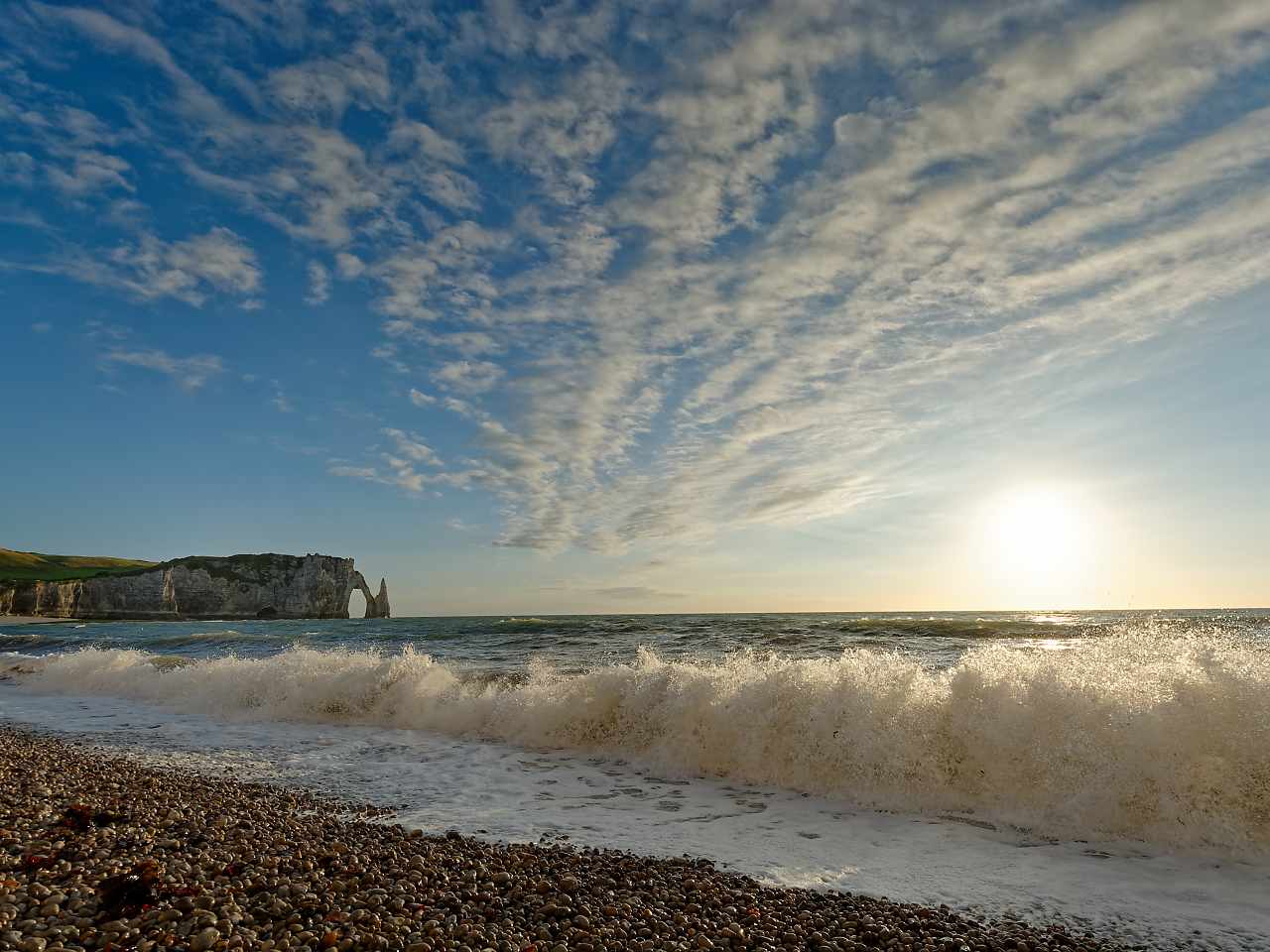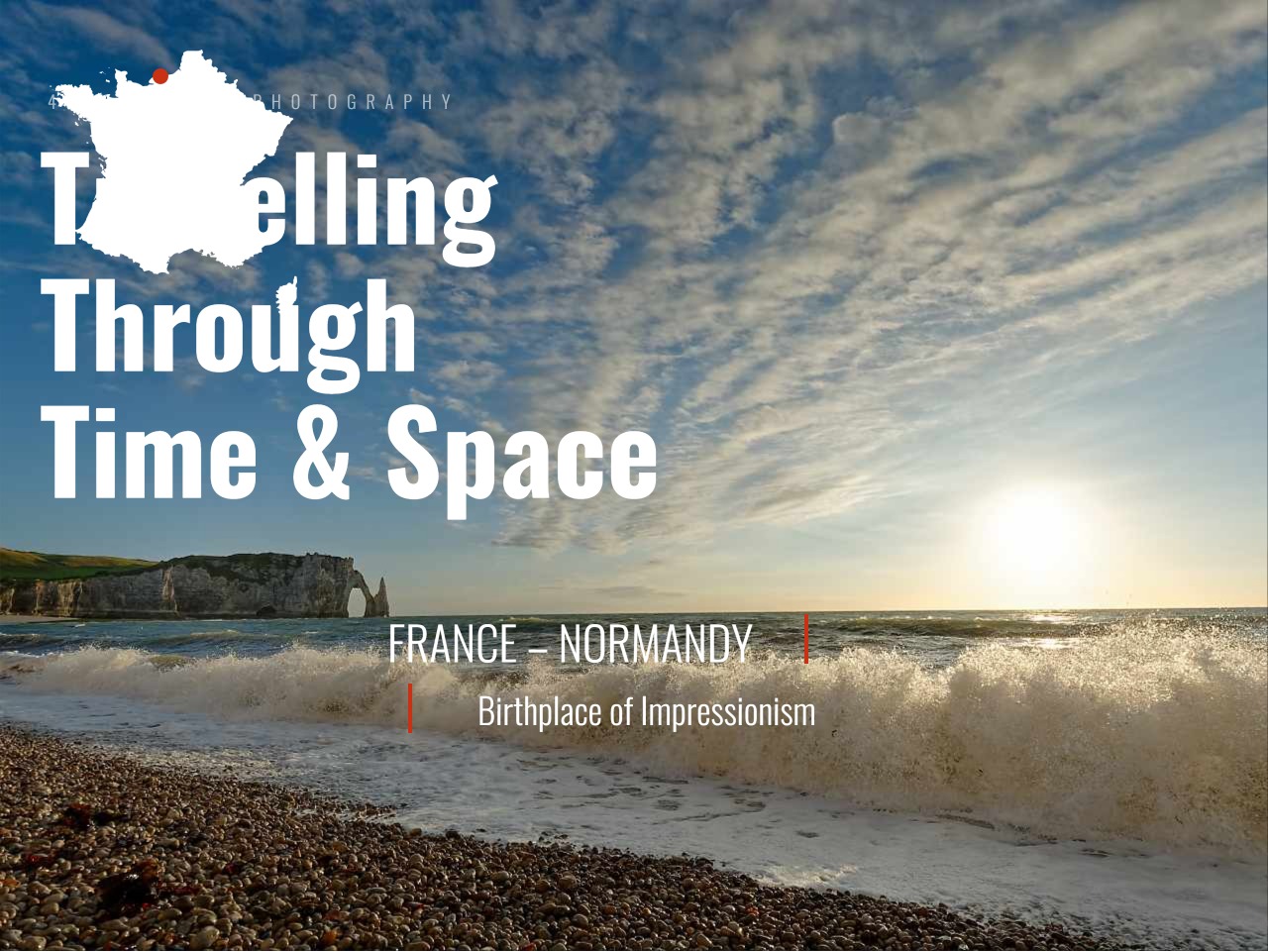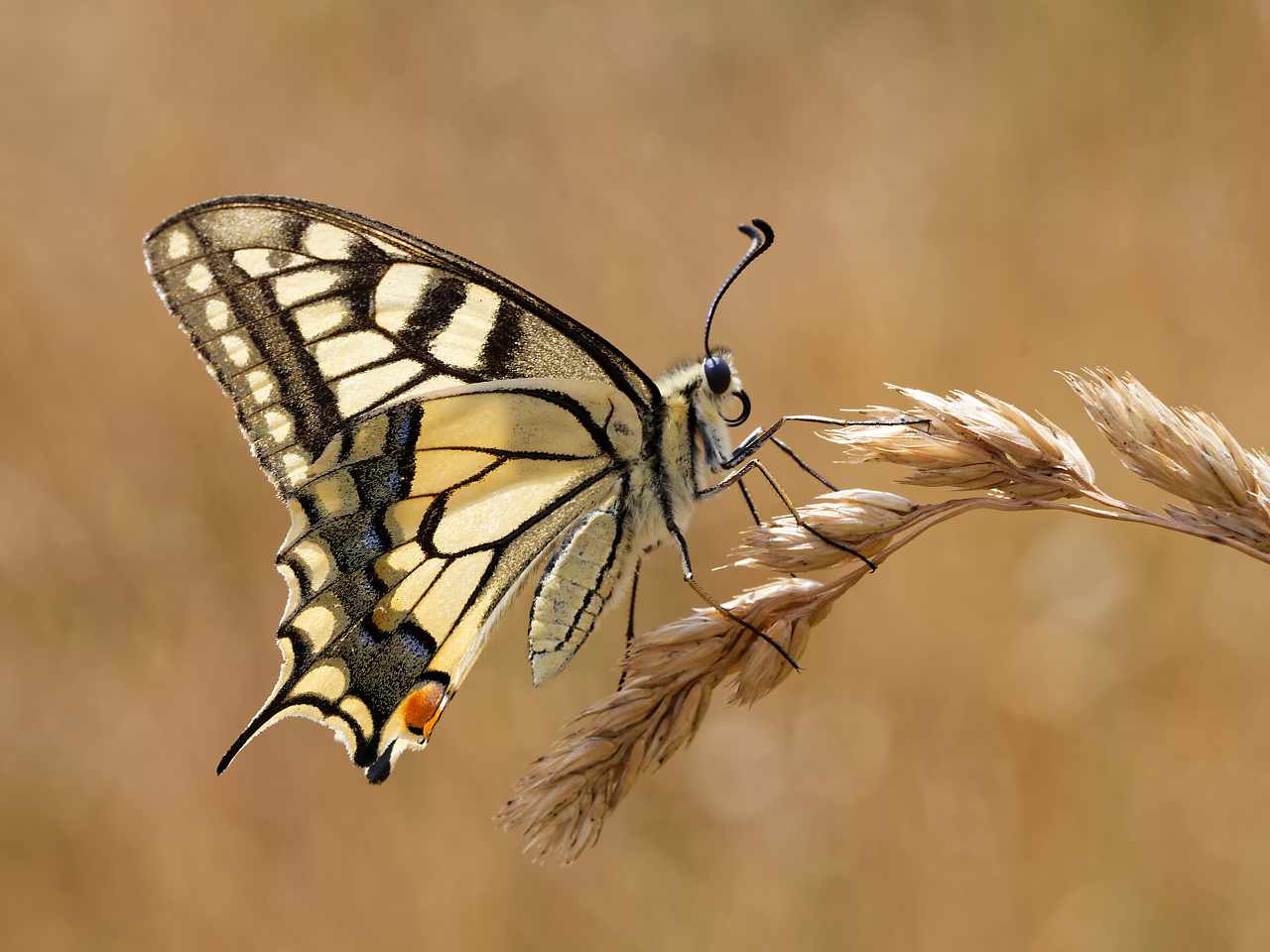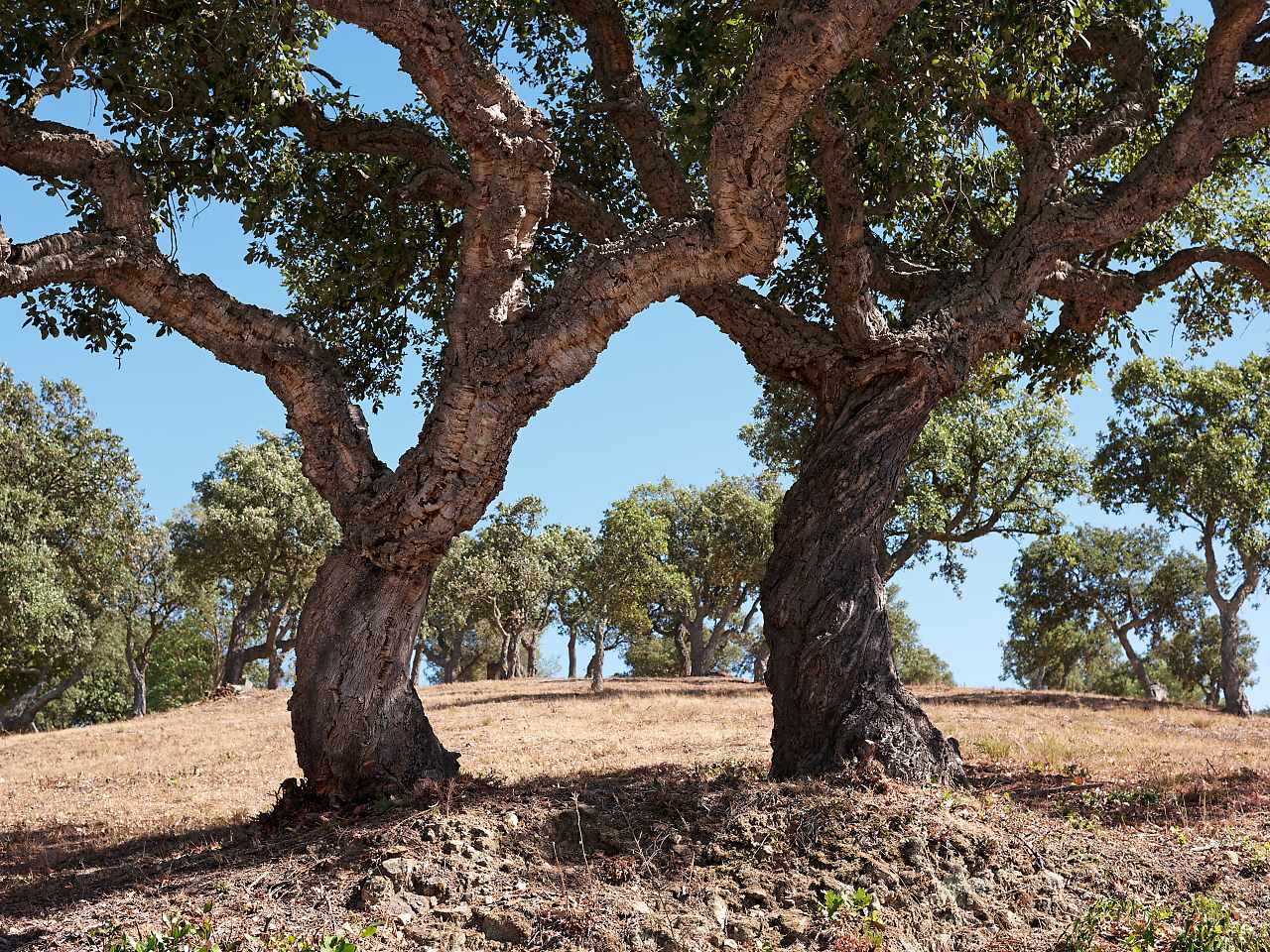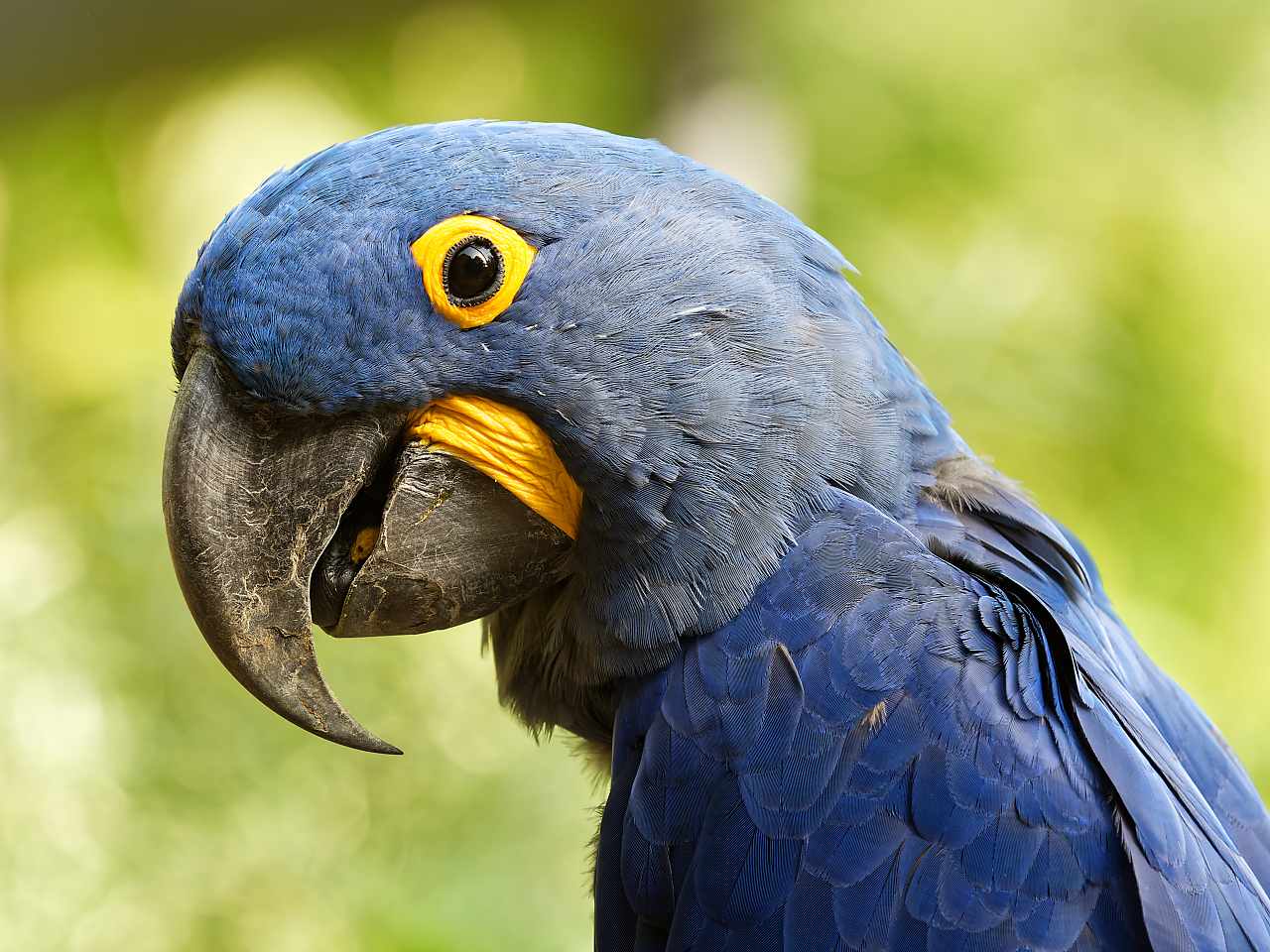Time Machine To Go
Photography means much more than storing visual information on an analog or digital medium. Each photo captures the moment in time. After forty years, I often refer to my camera as a time machine when I think of family photos or photos of landscapes that no longer exist. Photos become reminders of the passing of time. Within a short period of life, anyone using a camera can capture the serious changes in the social environment and in the natural surroundings. Often she or he is not aware of this. Personally, I experience history as social, political and ecological transformation that picks up an ever-increasing speed.
Recently significant changes occur within a few years, not decades. The value of a photograph as a documentary evidence of change we often recognize only much later. The realization elicits astonishment, sometimes even shock: The growing up and aging of one’s own children, the joy, the shyness, the questioning look of parents or grandparents, the curious eyes of the toddler. The memento mori (remember that you are mortal) and carpe diem (seize the day) lie close together.
Anyone who, like me, frequently travels by bicycle or on foot in the Alps or highlands, experiences the melting of the glaciers, the dying of the forests, the catastrophic droughts, the extreme weather events at first hand. Climate change irreversibly alters landscapes in just a few years. It is often difficult to refer to one’s memory when returning to one’s favorite place after some time. Photos are an irrefutable evidence and often surpass the perceived extent of that process.
Sauerland
The eastern Hochsauerland, with the towns of Winterberg, Hallenberg and Medebach, is characterised by the highest mountains of the Rothaargebirge. Forestry, agriculture and industry are important economic sectors alongside tourism. The dying of the spruce plantations has frightening effects and poses new challenges on the future of forestry. Many species find new habitats on the cleared areas. Hopefully, nature will be given a new chance here.
France – Le Nord
The coasts of the North Sea and the Atlantic are home to numerous places that have had a decisive influence on the history, art and culture of Europe. For example, the breathtaking chalk cliffs of Étretat, the beaches of Normandy and the Gothic cathedrals. The sea is mighty. A tidal difference of up to 14 meters (46 feet), as in the bay of Mont St. Michel, can otherwise only be found in Canada.
France – Le Sud
In the southeast of France, travelers can experience all the climatic zones of Europe in a small area: From the glaciers of the four-thousand-meter peaks in the Écrins National Park to the Mediterranean world of the Côte d’Azur. In summer, millions of tourists from all over Europe flock to the French Riviera and the picturesque villages of Provence. Peace and quiet can then only be found in a few remote mountain valleys.
The Alps
Week-long hikes, mostly above the tree line, in a wild natural and cultural landscape often took me to my physical limits. Long-distance hikes across the roof of Europe include the Dolomite High Altitude Trails 1 – 3 and the High Altitude Trails of the Aosta Valley. These photographs were taken over a period of three decades. Digital camera technology stands alongside restorations of 35mm film.
Zoomology
Currently, more than 150,000 species are recorded by the International Union for Conservation of Nature (IUCN). Of these, more than 42,100 species are classified in threat categories. Zoos and aquariums around the world are therefore working together to protect endangered animal and plant species. These photos from the zoos in the vicinity show not only animals, but personalities!

